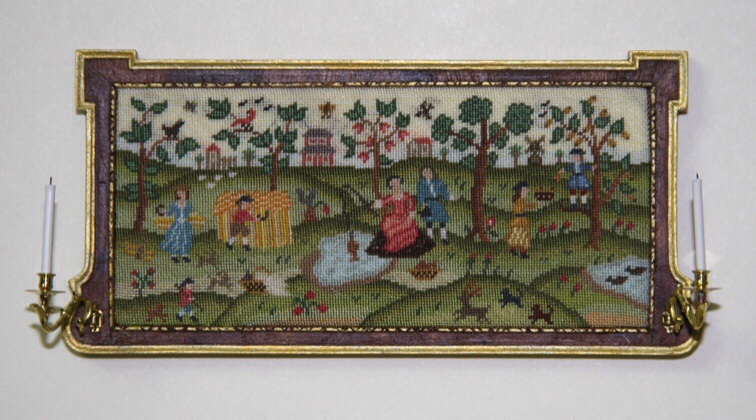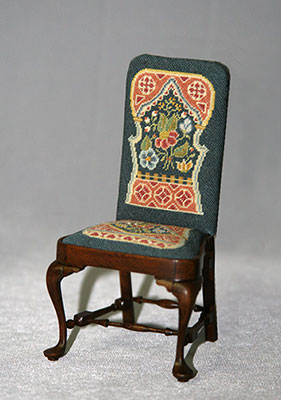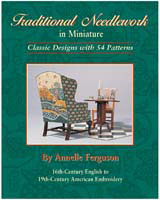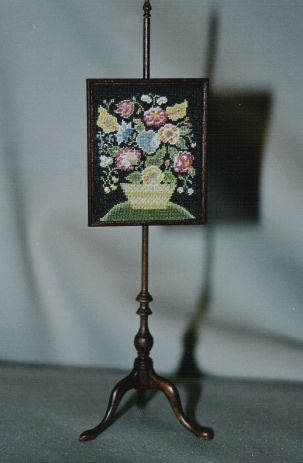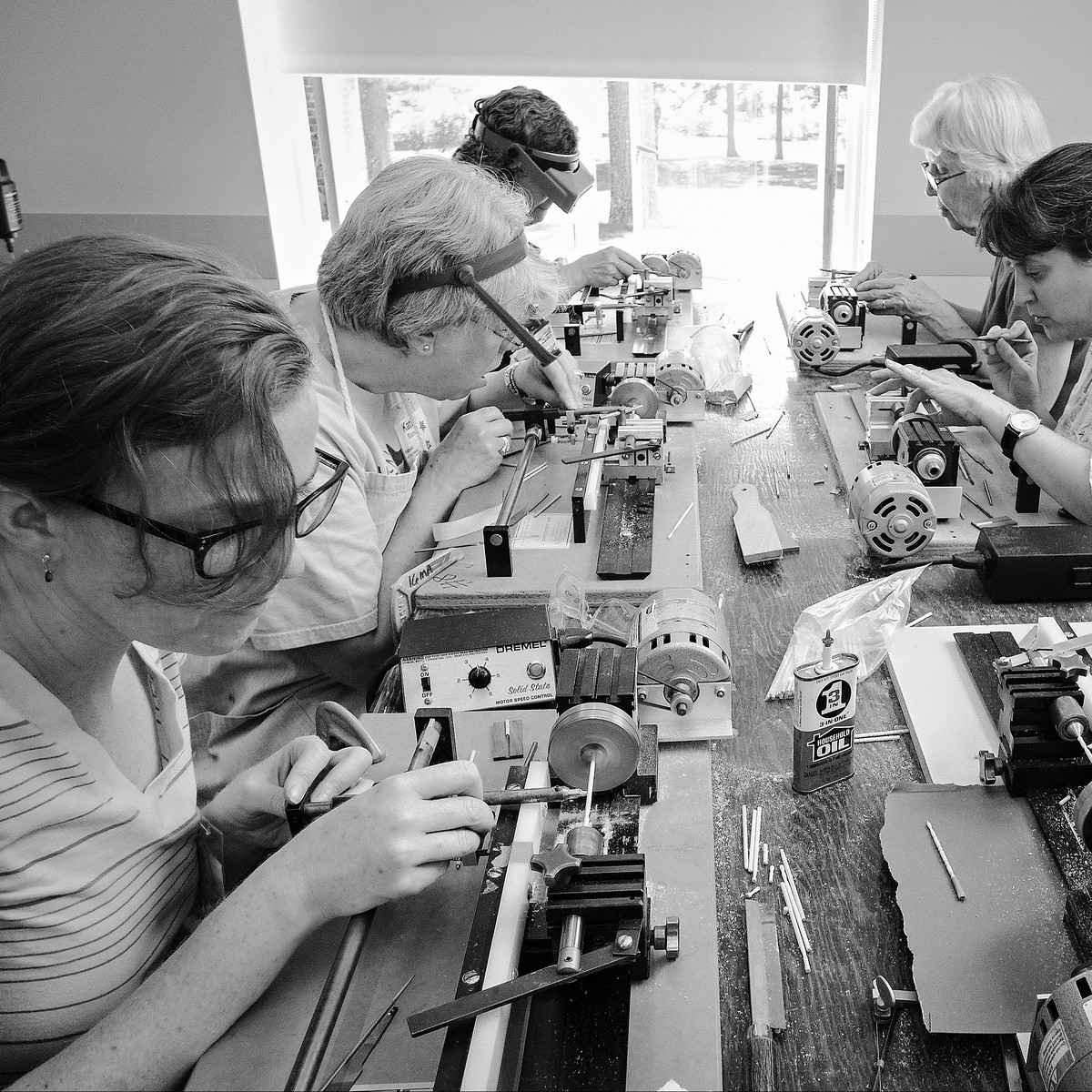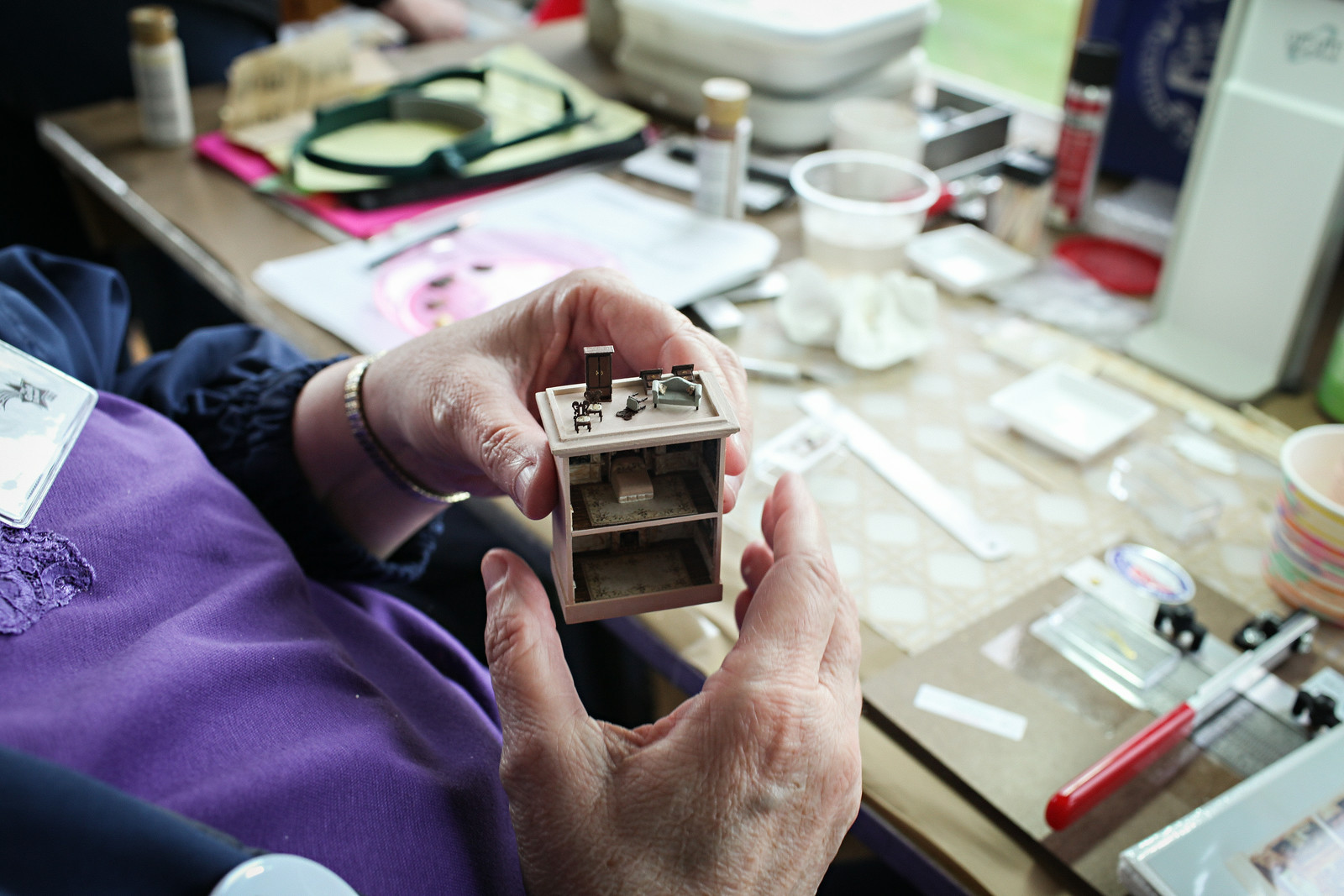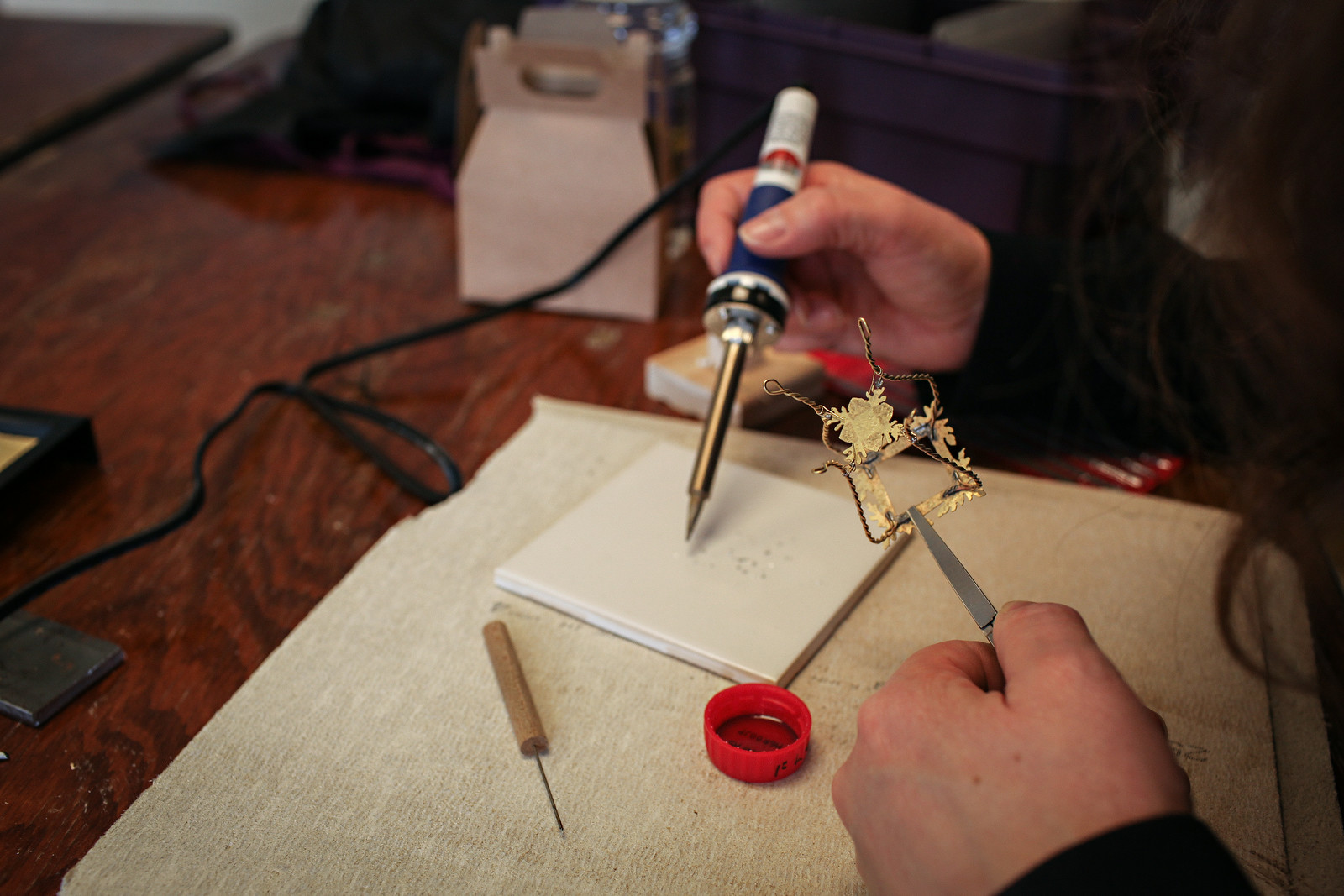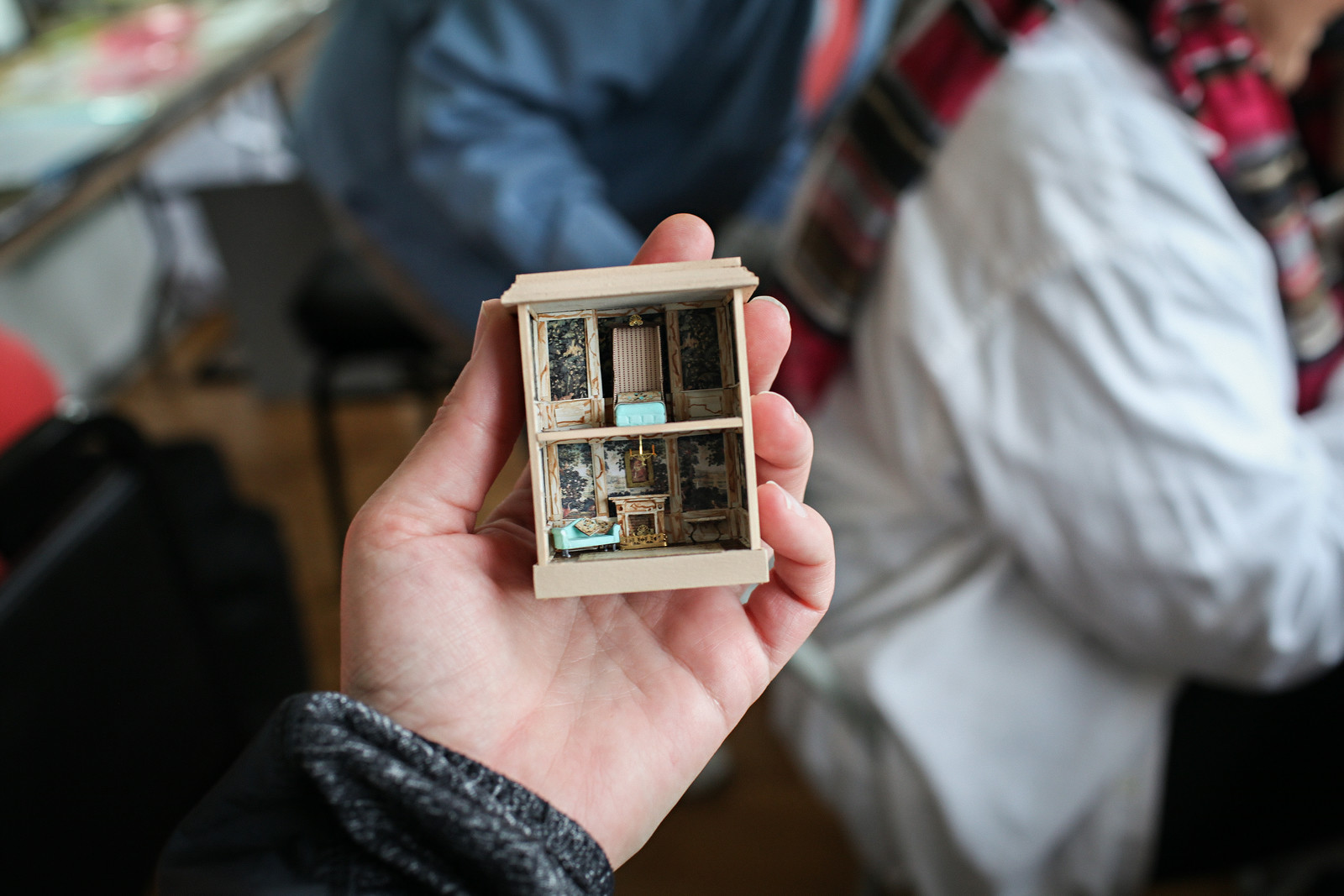Ron Stetkewicz Miniatures
| Website | Facebook | Instagram |
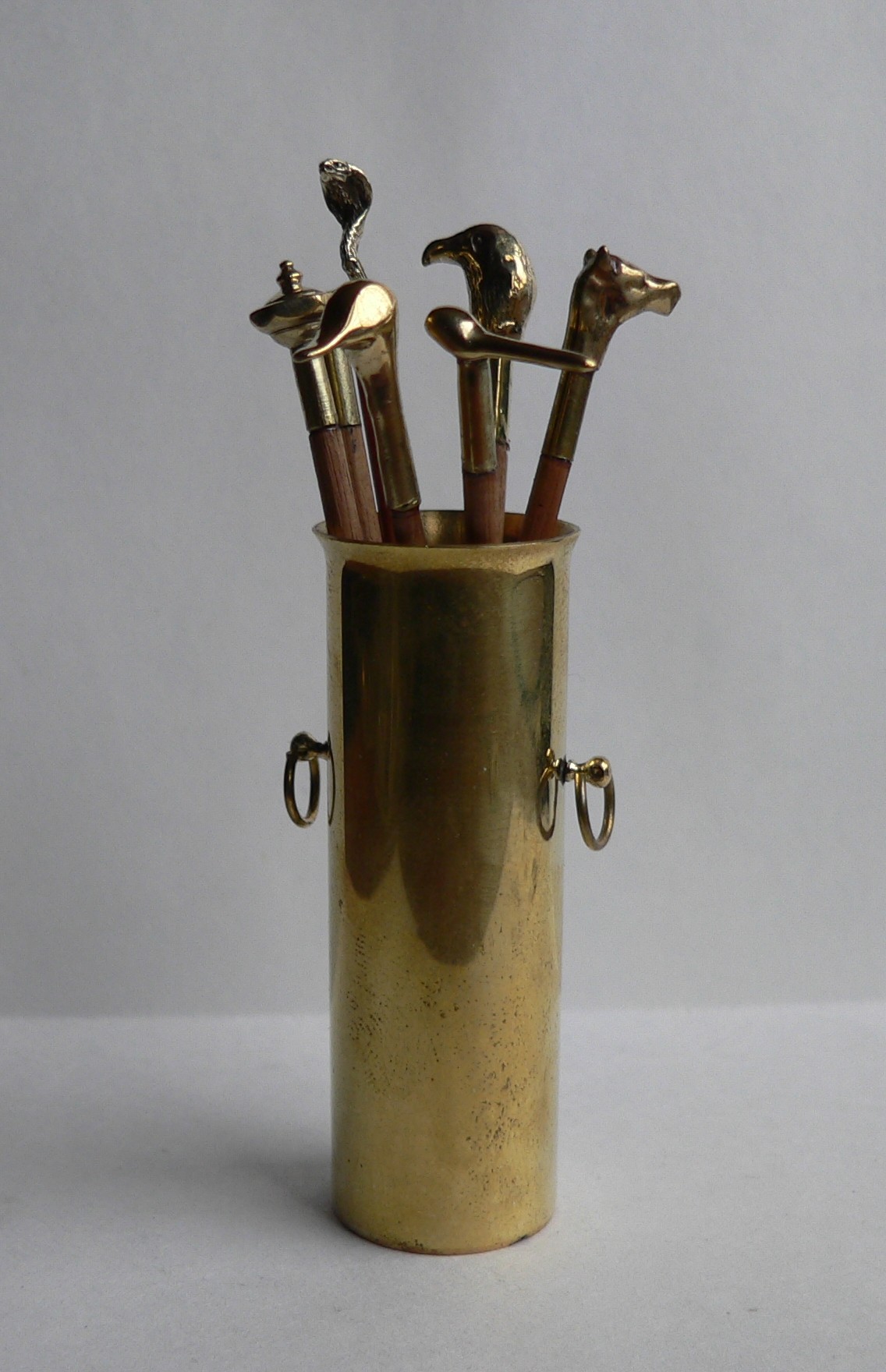 What’s your earliest memory with miniatures?
What’s your earliest memory with miniatures?
I’ve been doing this since I was tyke. I can remember falling asleep under a table in Syracuse back in 1980-1, being woke up for snoring too loud. I can remember my brothers covering my hand in resin to try and make a mini hand. That had to be 1979.
I wasn’t formally trained in miniature art until I attended the IGMA Guild School in Castine this year. I also learned through an apprenticeship under my Dad. His shop was always open to do whatever: minis or fill your tire with air or make a sword for a Halloween costume. That’s how I run it today: a place to get it all done. There’s a lot of processes that can be done there.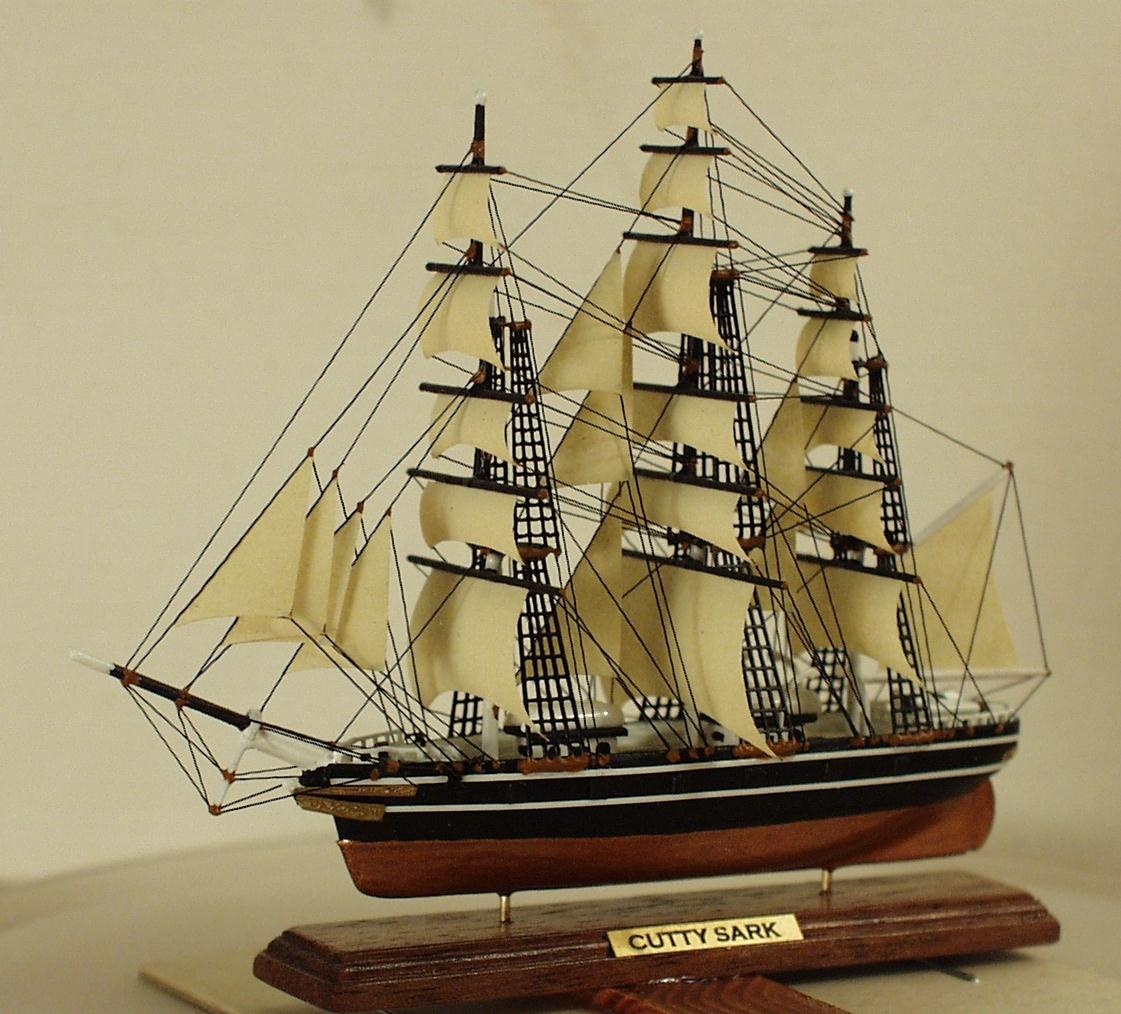
Do you have a favorite type of miniature you like to create?
I enjoy making miniatures out of brass. I don’t have favorites, it’s all the same flow. I can only make anything for short spurts and if it’s caste statues or the intricate hour glasses, they are all felt for equally.
Do you have any favorite miniatures?
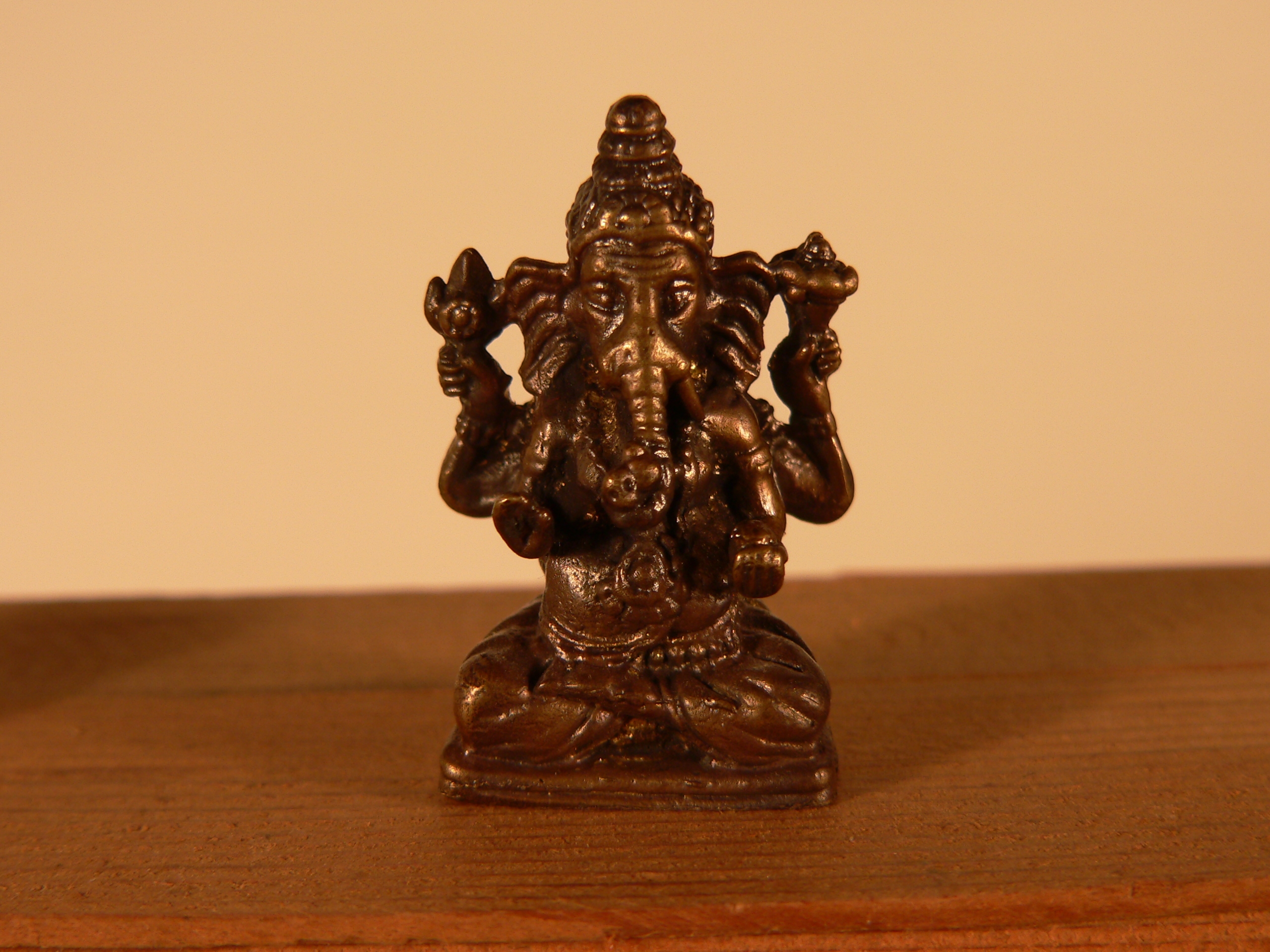 I don’t collect for myself. My Mom was the big collector, she had everyone’s best stuff from the 1970s through the 2000s. The collection was given away when we split the estate. There were some great pieces in that collection. Originals by Alice Zinn, dolls by Jane Spain and Joan Benzell. Chet Spacher weldings, Bauder Pine works, all gone.
I don’t collect for myself. My Mom was the big collector, she had everyone’s best stuff from the 1970s through the 2000s. The collection was given away when we split the estate. There were some great pieces in that collection. Originals by Alice Zinn, dolls by Jane Spain and Joan Benzell. Chet Spacher weldings, Bauder Pine works, all gone.
I do collect music instruments for my son, Ronnie, and little books and mini worldly treasures for my daughter, Kayla. She loves going to miniature shows.
 What material do you find the most challenging to work in?
What material do you find the most challenging to work in?
I’m not looking for a challenge, I work in what I know. I’ve been learning woodwork and at Castine I learned working with polymer clay and oil paints. I learned so many valuable things that I think I might write a book. There was so much learning and meeting new friends that I couldn’t summarize it in one statement.
What advice would you give to an IGMA Scholarship Student?
Soak it all in. As much as you can.
Inspiration is a funny thing. It can be a dreamt up idea that makes me want to work until the piece is done, or my inspiration can be because I’m flat and need the cash. Either way, it’s my family that keeps me from chaos. My parents got me into this and I plan on doing the same for my children. The true inspiration was my dad, now the true drive is passing things along to my kids.
What can we expect from Ron Stetkewicz Miniatures in the future?
My door accessories in stores across the country. I will be unveiling my product line at the Philadelphia Miniaturia from November 6-8.
Anything else you would like to add?
I’ve seen a lot of years in this business from my behind-the-scenes vantage point. I want this industry to rebloom. It’s time breathe new life into this mini world.
Ron Stetkewicz Miniatures is located in Cairo, New York. To view more of Ron’s work or to buy a miniature of your own, check out his website, Instagram, Facebook, and Miniatures Site.
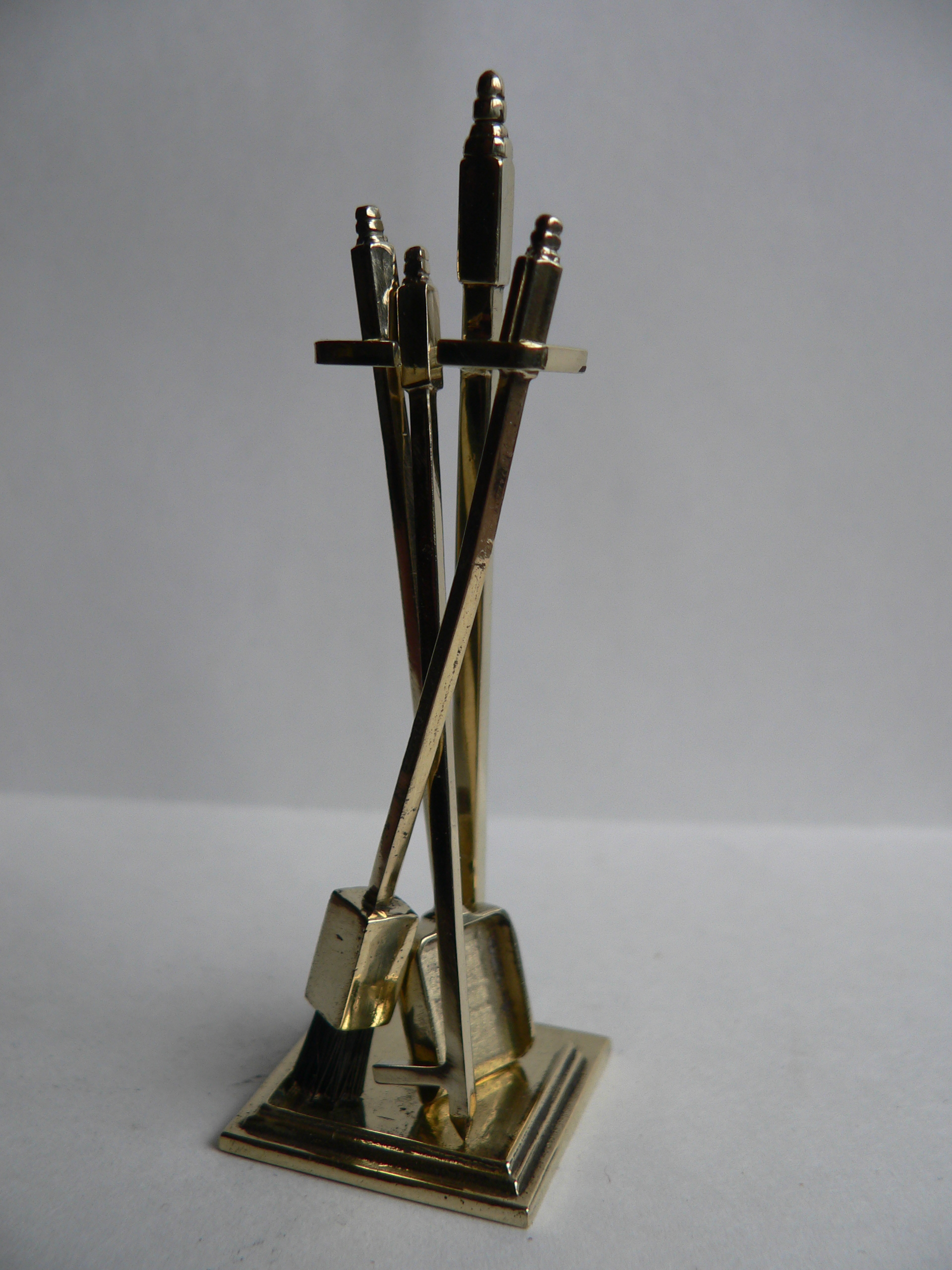
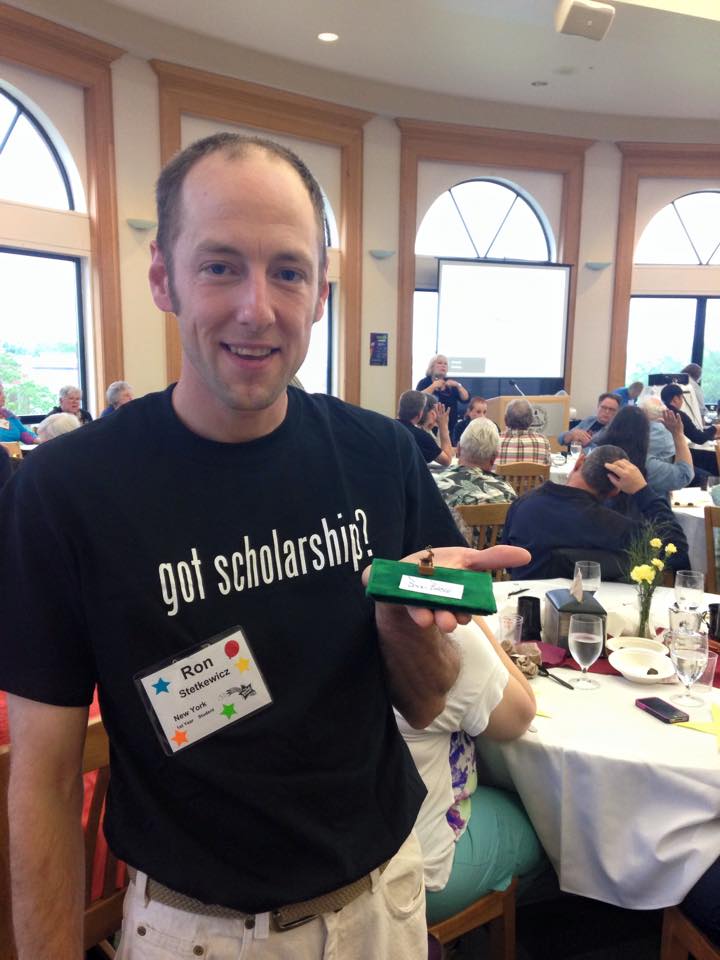

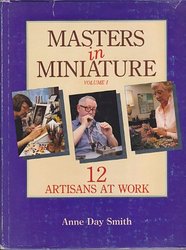
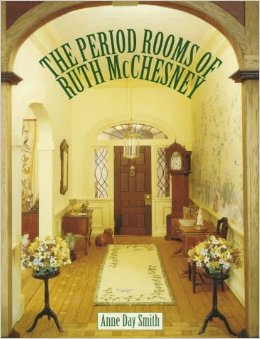
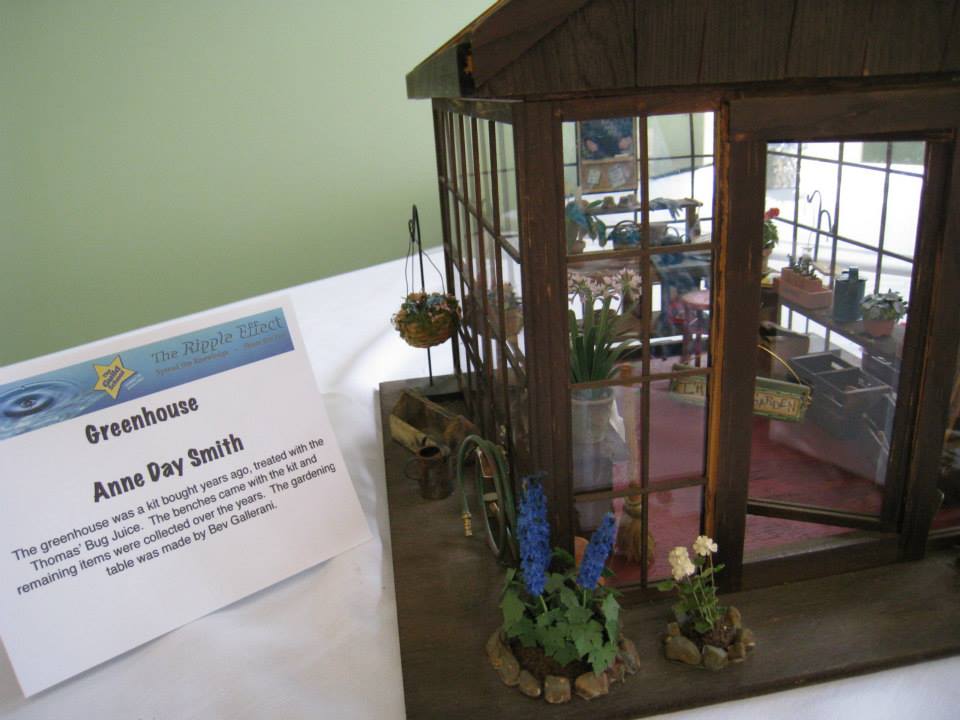
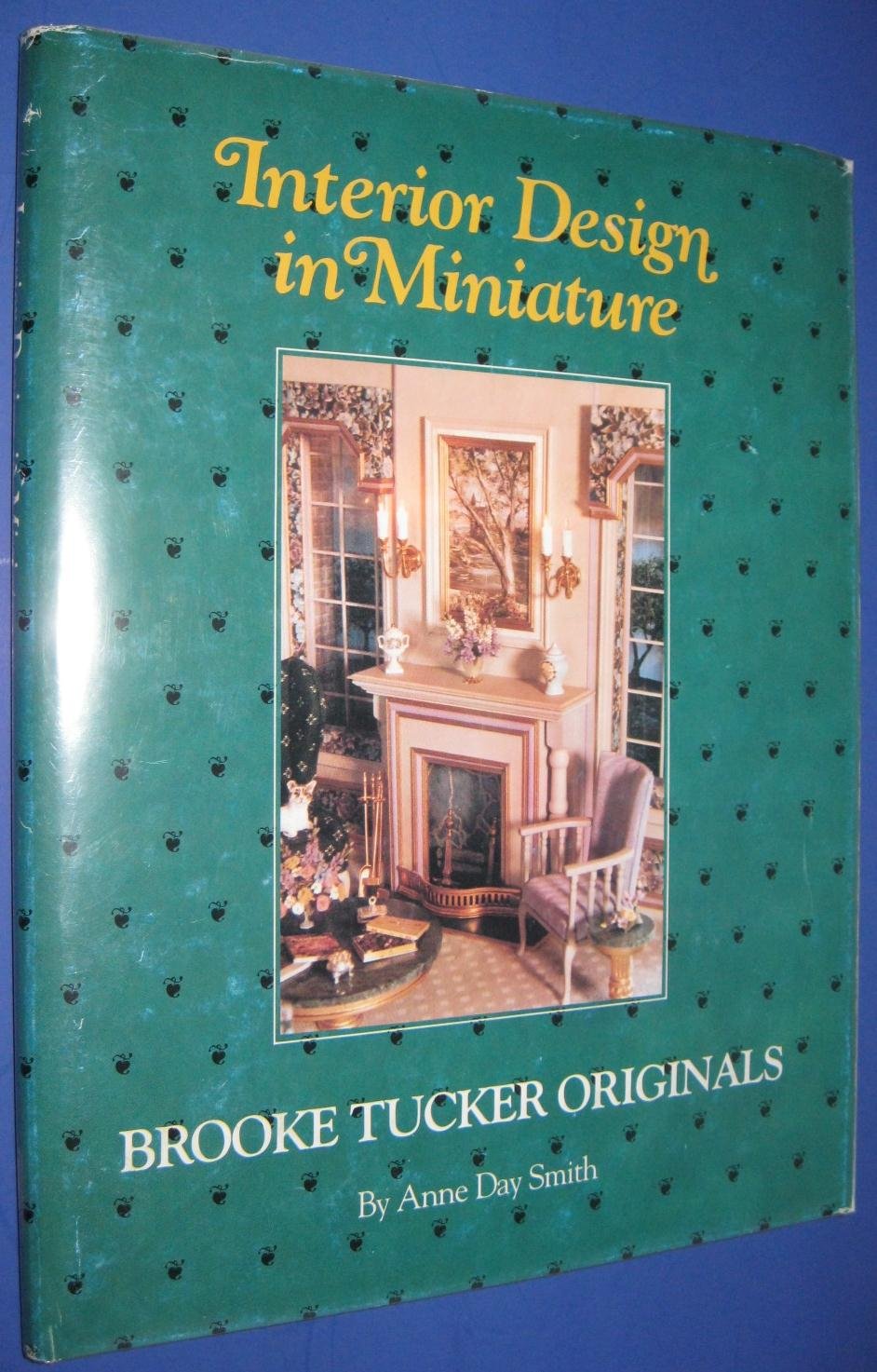
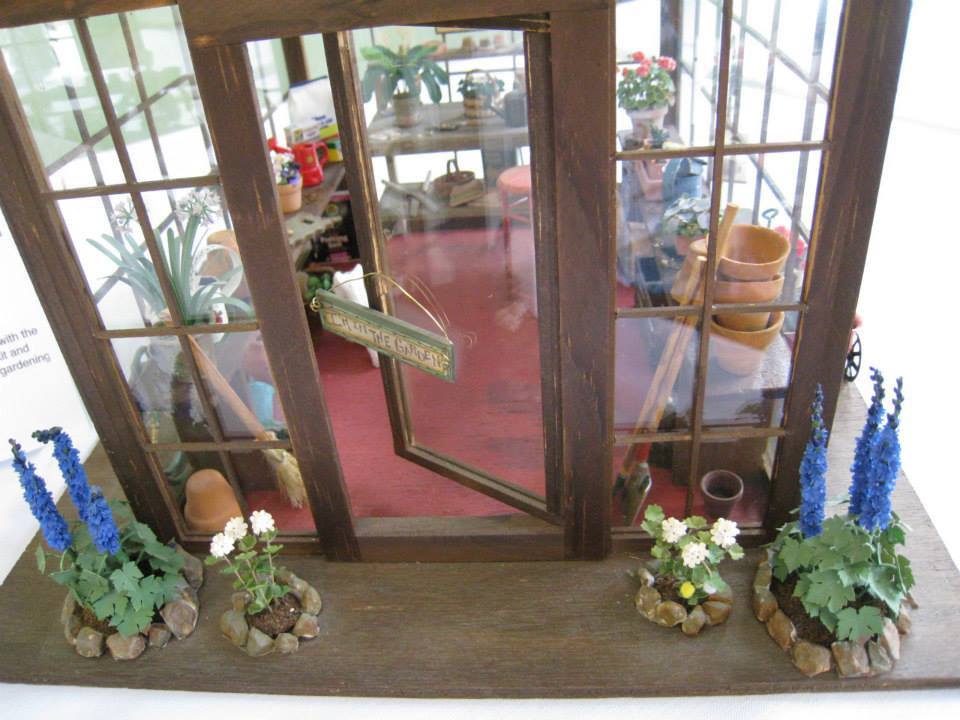
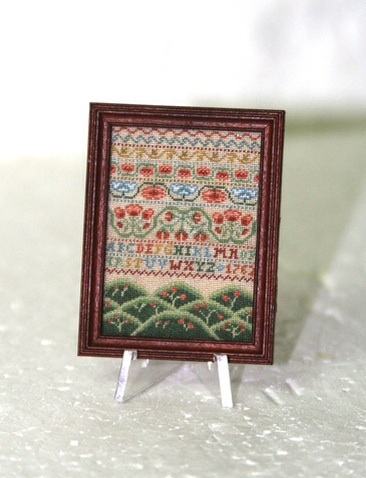 It was that very Christmas that a friend said a doctor in Oak Ridge, Tennessee was going to be at the local museum showing the dollhouses he made. I learned then in 1978 that there were dollhouse magazines and a miniatures shop in Gatlinburg.
It was that very Christmas that a friend said a doctor in Oak Ridge, Tennessee was going to be at the local museum showing the dollhouses he made. I learned then in 1978 that there were dollhouse magazines and a miniatures shop in Gatlinburg.